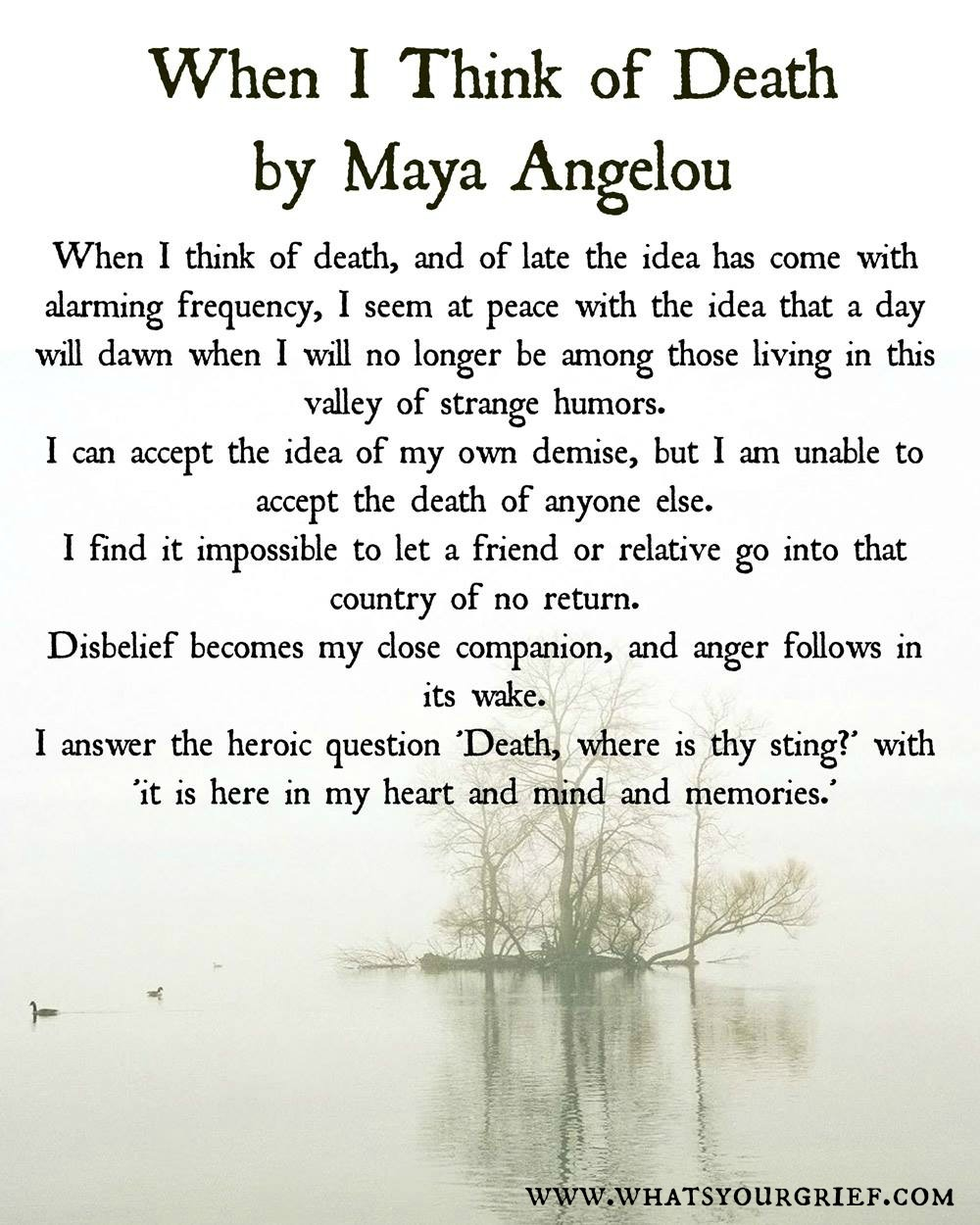Grief after loss can be an overwhelming emotional journey that often leaves one feeling disoriented and raw. The experience of mourning is a deeply personal journey, and learning to navigate grief can seem like an insurmountable challenge. In the wake of bereavement, finding comfort in loss and understanding the complexities of dealing with grief is crucial for healing after loss. Emotional support during mourning can play a vital role in this process, helping individuals to articulate their feelings and memories. As hearts ache and minds wrestle with the finality of death, acknowledging and embracing one’s grief is the first step toward reconciliation with that profound absence.
The aftermath of losing a loved one can lead to a torrent of emotions, where the pendulum of sorrow swings wildly between despair and reflection. Mourning the death of someone dearly cherished requires not only time but also the compassionate embrace of coping mechanisms that facilitate emotional well-being. Understanding how to process this profound sense of loss can foster resilience, allowing individuals to reconstruct their lives amidst the rubble of tragedy. Engaging in practices that promote healing, such as connecting with supportive communities or exploring the depths of one’s feelings, is pivotal for anyone experiencing such a heart-wrenching change. This journey, while undeniably painful, can also lead to profound insights and deeper connections with oneself and others.
Understanding Grief After Loss
Grief after loss is an inevitable and natural response to the death of a loved one. It encapsulates a wide array of emotions, ranging from profound sadness to confusion and anger. When we lose someone close, the world can seem disorienting and cold, as if our entire foundation has been shaken. Understanding that grief is a universal experience can provide some comfort to those navigating these tumultuous waters. Each person’s journey through grief is unique, shaped by personal history, the nature of the relationship with the deceased, and cultural background. This complexity is part of what makes grieving such a personal and often isolating experience.
Many people find themselves caught in a pendulum swing of feelings, oscillating between moments of clarity and overwhelming emotional turmoil. The initial shock may give way to waves of sorrow, only to be followed by a disconnection from reality; it’s as if time stands still while the world continues to spin around you. This fluctuation is normal, as the grieving process doesn’t follow a strict timeline or set of rules. Understanding this can help individuals grant themselves the grace to feel their emotions fully, recognizing that healing often requires navigating both the highs and the lows.
Frequently Asked Questions
How can I effectively deal with grief after loss?
Dealing with grief after loss involves acknowledging your feelings, allowing yourself to mourn, and seeking emotional support. It’s essential to talk about your feelings, whether with friends, family, or a therapist, to navigate grief. Engaging in self-care activities, like spending time in nature or pursuing hobbies, can also help. Remember, everyone’s grieving process is unique, so be patient with yourself.
What are some strategies for healing after loss?
Healing after loss takes time and varies for each individual. Strategies include journaling your thoughts and emotions, finding a support group, and honoring your loved one through memorials or rituals. Practicing mindfulness or meditation can help manage overwhelming feelings, and professional counseling can provide valuable guidance during this challenging time.
What does it mean to navigate grief after a significant loss?
Navigating grief after a significant loss means understanding and processing the various emotions you may experience, such as sadness, anger, and confusion. It involves finding ways to cope, which may include talking to loved ones, seeking professional help, and participating in activities that bring comfort. This journey requires compassion for yourself and recognition that healing is a gradual process.
How can I find emotional support during mourning?
Finding emotional support during mourning can be accomplished through reaching out to friends and family who can listen and empathize. Joining support groups, either in-person or online, offers a community of individuals who understand your experience. Professional counseling can also provide tailored support as you navigate your grief.
What are some ways to find comfort in loss?
Finding comfort in loss can involve creating new rituals or traditions that honor your loved one’s memory, such as planting a tree in their name or establishing a yearly remembrance day. Surrounding yourself with supportive individuals, engaging in creative outlets, and allowing yourself to reminisce can provide solace. Additionally, exploring spiritual beliefs may offer comfort and understanding.
| Key Points of the Article | |
|---|---|
| Event of Loss | Tony Horwitz died unexpectedly while promoting his book, leaving Geraldine Brooks in shock. |
| The Nature of Grief | Brooks describes her grief as disorienting and overwhelming, feeling the need to suppress it. |
| Cultural Context | She addresses society’s hesitance to allow grief and deeply reflect on personal loss. |
| Personal Journey | Brooks seeks to allow herself the space to mourn on Flinders Island, where she can confront her feelings. |
| Healing Process | She emphasizes the necessity of grieving deeply to honor the love shared with her husband. |
Summary
Grief after loss is a profound and complex experience, one that Geraldine Brooks illustrates through her personal account of losing her husband, Tony Horwitz. In her poignant narrative, she reveals how grief can feel disorienting and isolating, often forcing individuals to suppress their emotions in a bid to maintain normalcy. Brooks reflects on society’s reluctance to allow open expressions of grief, highlighting the importance of taking time to mourn deeply. Through her journey to Flinders Island, she seeks the solitude necessary for healing, acknowledging that only by confronting her grief can she fully honor the love she shared with Tony. This narrative underscores the essential truth that allowing oneself to grieve is a critical part of the healing process.
